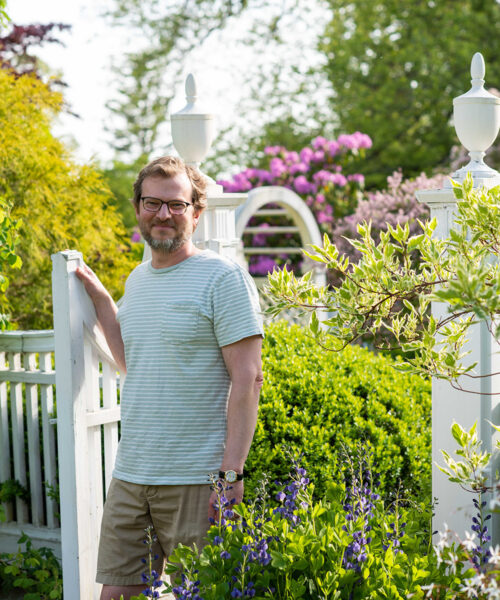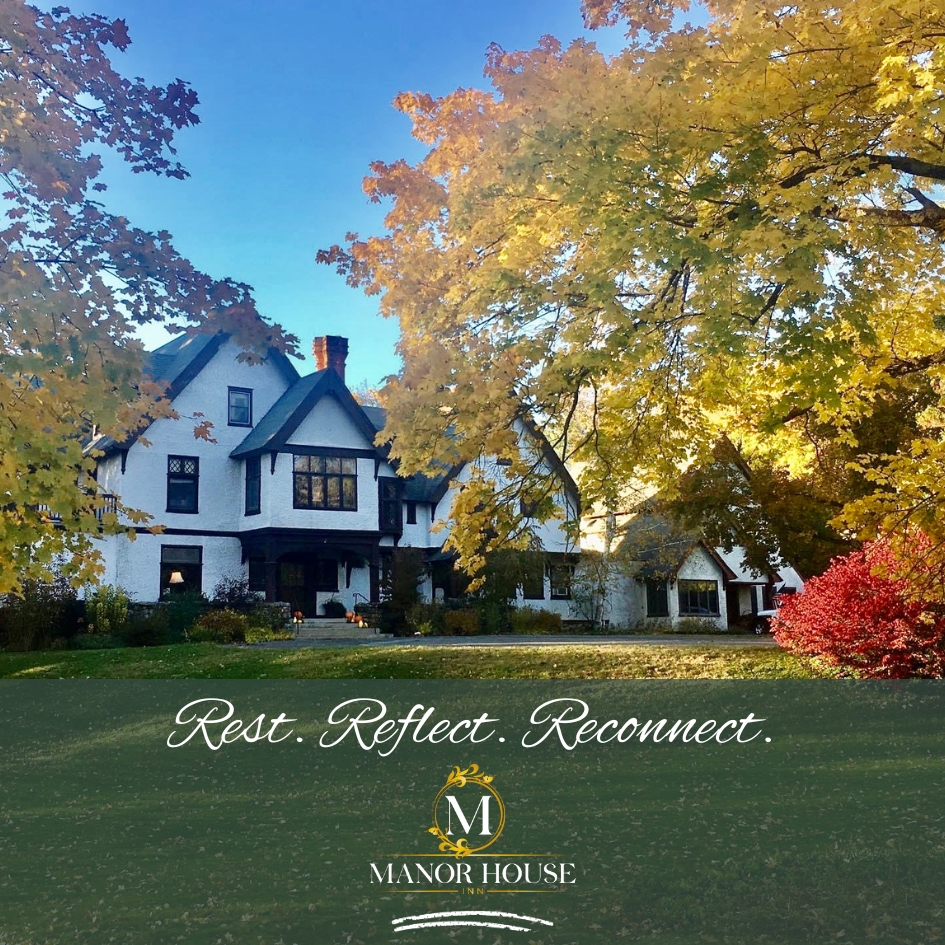April 24, 2024
A Litchfield Garden Keeps Current While Honoring Its Traditional Roots
Written by Tovah Martin
Photos by Kindra Clineff
When a gardener starts digging in at age ten, there’s plenty of time to evolve. Although Glenn Hillman knew from that tender young age historic traditional landscapes would be his focus, he always keeps his finger on the pulse of what’s happening in the field. For Hillman, that means watching many webinars and reading countless books. But he also listens to his land. The result is an informed relationship with the space. But beyond that sensitivity, his property now also reflects give and take with his garden design clients.
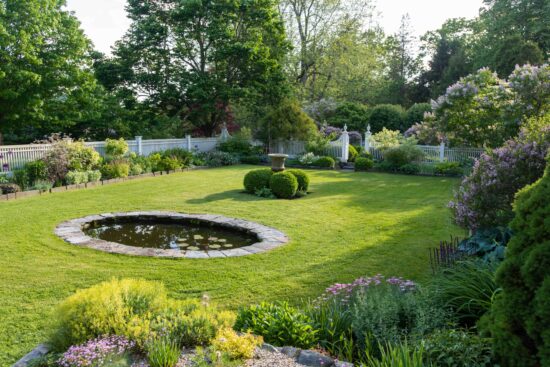
Trained in architectural history, Glenn Hillman’s garden design is perfectly in sync with his surroundings. When he moved to Litchfield with his family in 1993, the two-acre property offered a refreshing opportunity to garden on a sunny spot rather than the shade of his former digs. Given the prominent Litchfield center location, there was never any question that the garden would be formal. And traditional was the orientation that Hillman was comfortable with from his childhood on up, following formative years spent paying call to historic properties like Colonial Williamsburg and Old Sturbridge Village. Even if the house had not come with the remnants of a vintage garden, Hillman would know exactly what was appropriate. But the ghost of a garden still existed. Although the fences were in sorry shape and elements needed revamping, it was the beginning of a beautiful journey.
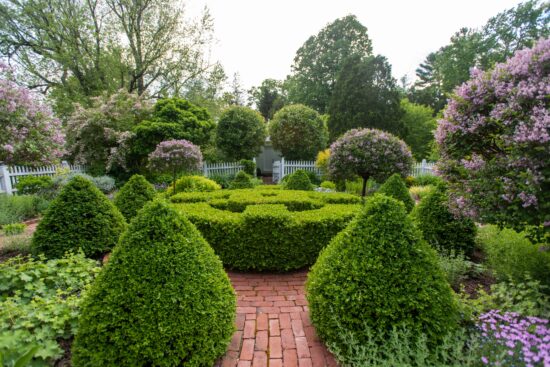
Back when Glenn Hillman moved in, the concept of an herb garden felt absolutely right. He loved the practical, utilitarian spin as much as the simple beauty of the herbs themselves. That said, he went with particularly ornamental versions of traditional herbs. Variegated comfrey, golden oregano, silver thyme, and other herbs that combined colors and wove together harmoniously created a pretty matrix. Herbs were just the beginning, he also added a pocket rock garden filled with alpines to celebrate his newfound sunny exposure. He installed a fruit tree allée and capped it with a smartly retro garden/tool shed. In retrospect, he sums up that energetic inception as, “I dove in headfirst.” That said, it has endured the time test. His choice of brickwork and all the original hardscape has weathered beautifully. What has changed dramatically over the decades is his choice of plants.
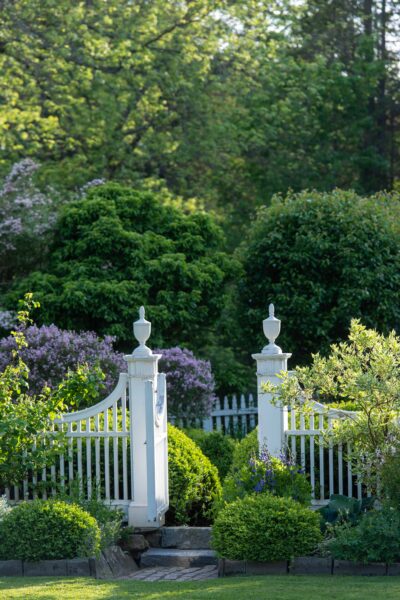
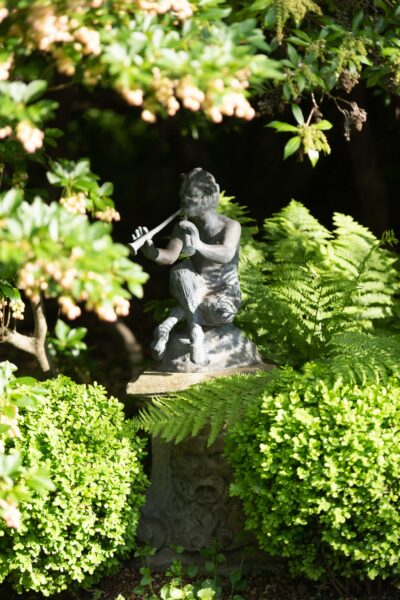
Hillman traces his major growth spurt as a gardener from the time that he began visiting other gardens. “I was exposed to so many different plants on tours, I began to increase the colors and textures here.” Meanwhile, when he began to design professionally, he felt the pressure to experiment. “I don’t want to take too many risks for a client,” he explains. His adventuresome spirit translated into experiments in his own domain, eventually leading to informed professional choices. In addition, his garden is a showplace to help clients define their horticultural personalities.
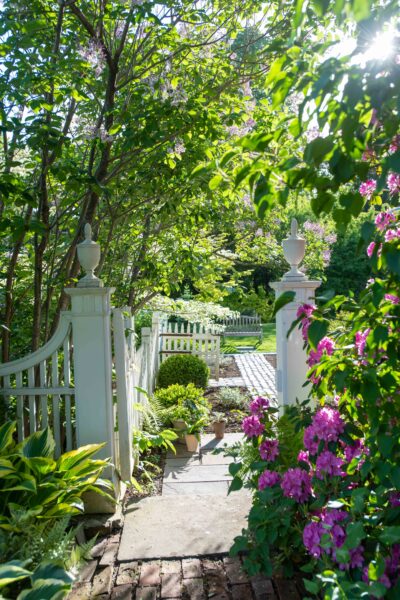
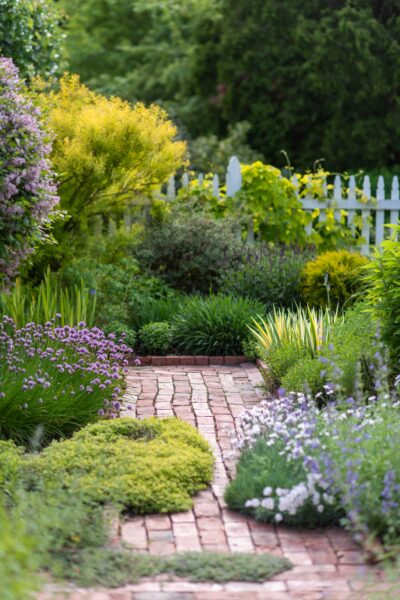
Hillman’s own garden is deftly loved and immaculately groomed, but it’s also the smartly practical composition that he can maintain personally with minimal help. Getting the maintenance down and the aesthetic up is his lifelong goal. Simultaneously, he keeps a finger on the pulse of new movements and understandings in the field. “I want to be able to do anything,” he says of open-minded education to inform his design capabilities for clients, “I’m continually getting nuggets of ideas that inspire new concepts.”
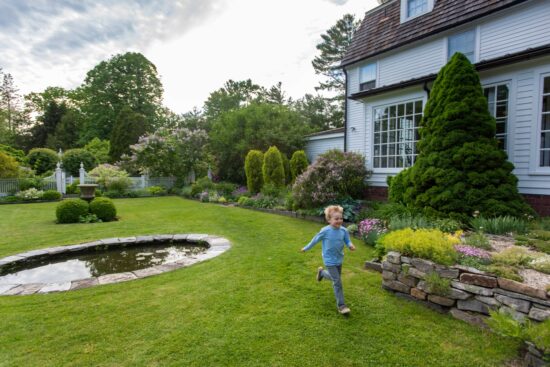
In spring, Glenn Hillman’s garden is dripping in flowers to create a perfect parfait of flouncy color, strong in structure to hold the glory. It’s the stuff of dreams. His goal is to continually increase that crescendo with poofy shrub borders, billowing trees, and great plant selections. He’s tirelessly experimenting with native plants and their compatibility with the Litchfield climate. He’s gathering ideas from other globally important garden designers. “I used to be isolated,” he admits. Now the whole world is his classroom.





